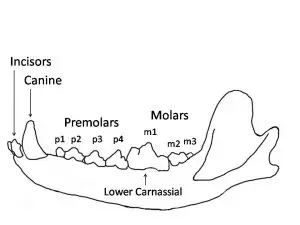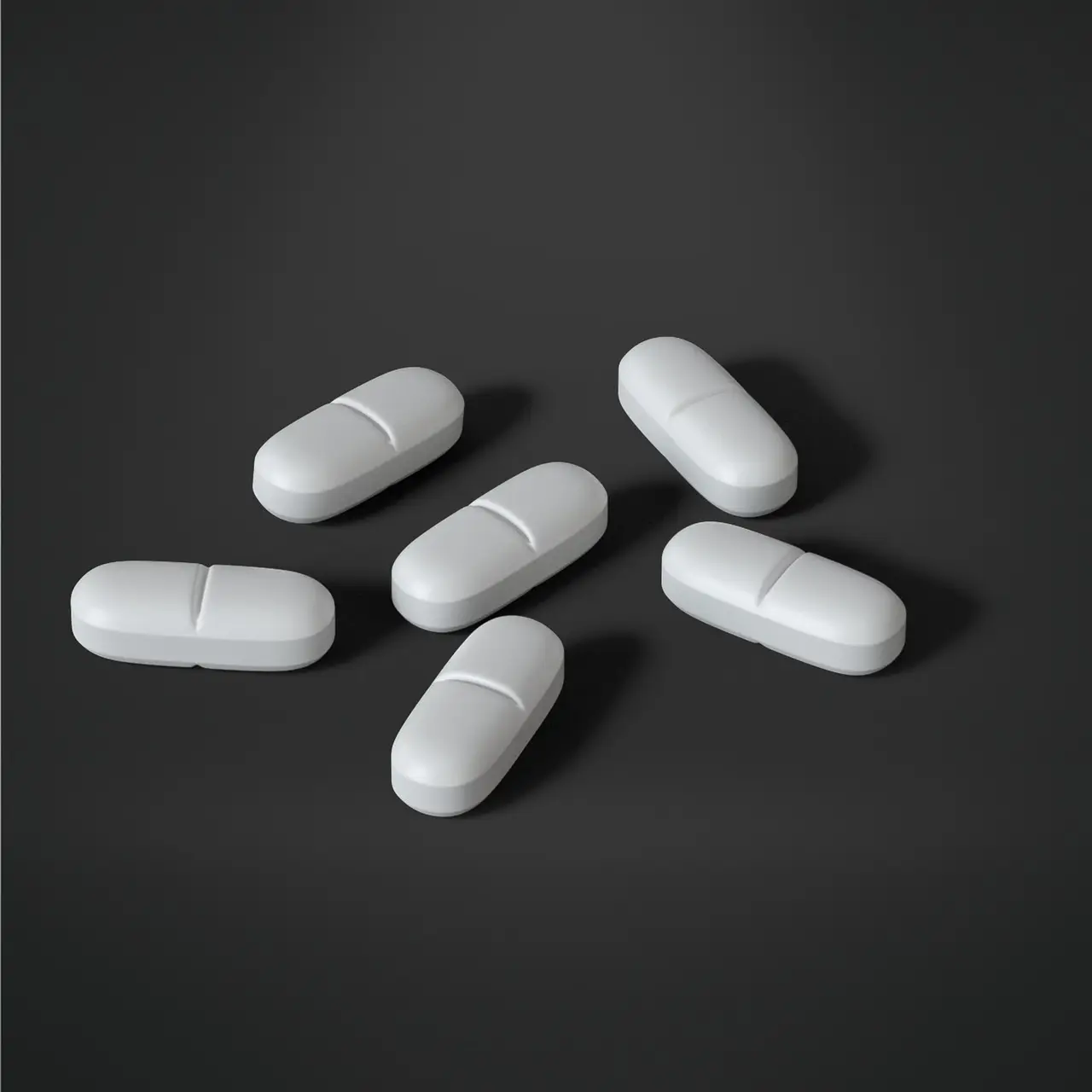
HOW MANY TEETH DO DOG HAVET
Comprehensive Guide to Canine Dental Health
Introduction to Dog Dentition
Dogs are known for their playful natures and sharp teeth, but have you ever wondered how many teeth do dogs have? Understanding a dog’s dental structure is essential for maintaining their overall health and well-being.
Like humans, dogs rely on their teeth not just for eating but also for other activities such as playing and grooming. However, the number and type of teeth they have vary depending on their age and stage of development.
Dog teeth play a critical role in their lives, from chewing food to defending themselves. Ensuring your dog’s teeth are healthy can help prevent problems like tooth decay, gum disease, and bad breath.
In this guide, we’ll explore everything you need to know about dog teeth, starting with how many they have and why it’s important to care for them.
Why Knowing About Dog Teeth Matters
As a pet owner, staying informed about your dog’s dental health can save you from unexpected vet visits and costly treatments.
Dental problems are among the most common health issues faced by dogs, yet they are often overlooked.
By understanding your dog’s teeth and their functions, you’ll be better equipped to ensure their health and happiness.
Fun Fact: Differences in Teeth Based on Breed
Did you know that while most dogs have the same number of teeth, the size and shape of their teeth can differ significantly based on breed?
For instance, small breeds like Chihuahuas tend to have smaller teeth that are more prone to overcrowding, while larger breeds like German Shepherds have bigger, stronger teeth.
This diversity highlights the fascinating variations in dog dentition and why tailored dental care is so important.
In the next section, we’ll break down the differences between puppy and adult dog teeth and explore how their dental needs change as they grow.
Number of Teeth in Puppies vs. Adult Dogs
Puppy Teeth (Deciduous Teeth)
-
Puppies are born without teeth, but by the time they are around 3 weeks old, their baby teeth start to emerge.
-
A full set of puppy teeth includes 28 deciduous teeth, which are smaller and sharper compared to adult teeth.
-
By the age of 3 to 4 months, puppies begin teething, during which they lose their baby teeth to make way for permanent ones.
Adult Dog Teeth
-
Adult dogs have 42 teeth in total, consisting of incisors, canines, premolars, and molars.
-
The transition to adult teeth is usually complete by the time the dog reaches 6 to 7 months of age.
-
Unlike puppy teeth, adult teeth are larger, stronger, and designed to handle tougher tasks like chewing bones and tearing meat.
Key Milestones in Canine Dental Development
-
3 Weeks: Baby teeth begin to emerge.
-
6-8 Weeks: Puppies typically have a full set of 28 baby teeth.
-
3-4 Months: Teething starts as baby teeth fall out.
-
6-7 Months: Adult teeth fully replace baby teeth, totaling 42 teeth.
Understanding the timeline of your dog’s dental development is crucial for providing the right care at each stage. Teething puppies may require softer food and teething toys, while adult dogs benefit from regular dental checkups and appropriate chews to maintain their teeth.
Types of Teeth in Dogs and Their Functions
Dogs have four main types of teeth, each designed for specific tasks that are crucial to their daily lives. Understanding these types can help you appreciate how your dog eats, plays, and even defends itself.
1. Incisors (12 Teeth)
-
Location: Found at the front of the mouth (6 on the top, 6 on the bottom).
-
Function: Used for nibbling, scraping meat off bones, and grooming. Dogs use their incisors to pick up small objects or groom themselves by nibbling.
2. Canines (4 Teeth)
-
Location: The sharp, pointed teeth next to the incisors (2 on the top, 2 on the bottom).
-
Function: Designed for gripping, tearing food, and as a defense mechanism. These are often the most recognizable teeth in a dog’s mouth.
3. Premolars (16 Teeth)
-
Location: Found behind the canines (8 on the top, 8 on the bottom).
-
Function: Used for shearing and tearing food into smaller pieces. Dogs also use their premolars to chew on toys or bones.
4. Molars (10 Teeth)
-
Location: Located at the back of the mouth (4 on the top, 6 on the bottom).
-
Function: Responsible for crushing and grinding food. These teeth are particularly important for dogs that eat kibble or raw food diets.

The Importance of Each Type of Tooth
Each type of tooth contributes to your dog’s ability to eat and thrive. Healthy teeth ensure your dog can chew properly, reducing the risk of choking or digestive issues.
Regular dental care is essential to keep all four types of teeth in good condition and prevent common problems like tooth loss or decay.
Read Also : Trazodone for Dogs: Dosage, Uses, and Safety Guidelines
Common Dental Problems in Dogs and How to Prevent Them
Dental health is a critical aspect of a dog’s overall well-being, yet many owners underestimate its importance. Poor dental hygiene can lead to serious health issues, including infections that may affect vital organs. Let’s explore the most common dental problems in dogs and how to prevent them.
1. Periodontal Disease
-
Description: A bacterial infection of the gums caused by plaque buildup. It’s one of the most common dental issues in dogs.
-
Symptoms: Red, swollen gums, bad breath, difficulty eating, and loose teeth.
-
Prevention: Regular brushing, dental chews, and professional cleanings can help prevent gum disease.
2. Tooth Fractures
-
Description: Broken teeth are often caused by chewing on hard objects like bones or antlers.
-
Symptoms: Visible cracks, sensitivity, bleeding, or refusal to chew on one side of the mouth.
-
Prevention: Provide safe chew toys and avoid giving your dog overly hard treats or bones.
3. Plaque and Tartar Buildup
-
Description: A sticky film of bacteria (plaque) hardens into tartar if not removed, leading to tooth decay and gum problems.
-
Symptoms: Yellow or brown buildup on teeth, bad breath.
-
Prevention: Regular brushing, dental wipes, and a balanced diet can reduce plaque buildup.
4. Tooth Loss
-
Description: Advanced dental disease can lead to tooth loss, affecting a dog’s ability to eat properly.
-
Symptoms: Missing teeth, difficulty chewing, and changes in eating behavior.
-
Prevention: Early detection and treatment of dental issues are key.
Studies and Expert Opinions
Research has shown that regular dental care can extend a dog’s lifespan by reducing the risk of systemic infections caused by oral bacteria. According to the American Veterinary Dental College (AVDC), over 80% of dogs show signs of periodontal disease by age three. Learn more about AVDC recommendations.
Additional Resources:
By addressing dental issues early and maintaining a regular cleaning routine, you can ensure your dog’s teeth stay healthy for years to come.
How to Care for Your Dog’s Teeth
Ensuring your dog’s teeth remain healthy requires consistent care and attention. Dental health not only improves your dog’s quality of life but also prevents serious health complications. Here are practical tips and insights on how to maintain your dog’s dental hygiene effectively.
Regular Brushing
Why Brushing is Essential
Brushing your dog’s teeth is the cornerstone of dental care.
It helps remove plaque before it hardens into tartar and prevents the onset of gum disease.
Steps to Brush Your Dog’s Teeth
-
Choose the Right Tools: Use a dog-specific toothbrush and toothpaste (never human toothpaste, as it contains harmful ingredients like fluoride).
-
Start Slowly: Allow your dog to get comfortable with the process. Begin by gently rubbing their gums with your finger.
-
Brush in Circular Motions: Focus on the outer surfaces of the teeth where plaque builds up the most.
-
Reward Your Dog: Positive reinforcement encourages cooperation during future brushing sessions.
Frequency
Aim to brush your dog’s teeth at least 2-3 times a week. Daily brushing provides the best results.
Helpful Resources
Provide Dental Chews and Toys
Benefits of Dental Chews
Dental chews are specially designed to reduce plaque and tartar buildup while satisfying your dog’s natural chewing instincts.
Selecting the Right Chews
-
Look for Veterinary Oral Health Council (VOHC) approved products.
-
Avoid excessively hard chews like bones or antlers, which can fracture teeth.
-
Opt for chews appropriate for your dog’s size and chewing habits.
Popular Options
-
Rawhide alternatives
-
Rubber chew toys
-
Dental sticks
Professional Dental Cleaning
Importance of Veterinary Cleanings

Even with regular brushing and chews, professional dental cleanings are necessary to remove tartar and address hidden dental issues. These procedures involve:
-
Scaling and Polishing: Removal of tartar above and below the gumline.
-
X-Rays: Detecting issues beneath the gumline that are invisible to the naked eye.
-
Thorough Examination: Identifying potential problems such as broken teeth, infections, or tumors.
How Often?
Most dogs benefit from annual dental cleanings. Consult your veterinarian for specific recommendations based on your dog’s needs.
Monitor Your Dog’s Diet
Dental-Friendly Diets
Certain diets are formulated to promote dental health by reducing plaque accumulation. These often include:
-
Kibble designed to break apart plaque.
-
Additives that reduce bacterial growth in the mouth.
Foods to Avoid
-
Sticky or sugary treats.
-
Human foods that can get lodged between teeth.
-
Bones or hard objects that may crack teeth.
Research-Backed Options
-
A study published in the Journal of Veterinary Dentistry found that dry food diets are associated with lower plaque levels than wet food. Read the full study.
Regular Dental Checkups
Why Regular Exams Matter
Routine checkups help detect dental issues early, preventing complications that can affect your dog’s overall health.
What to Expect During a Dental Checkup
-
Oral examination for signs of gum disease or tooth decay.
-
Evaluation of bad breath, bleeding, or swelling.
-
Recommendations for further treatment or cleaning.
Signs of Dental Problems to Watch For
Symptoms of Poor Dental Health
-
Persistent bad breath
-
Red, swollen, or bleeding gums
-
Difficulty eating or chewing
-
Loose or missing teeth
-
Excessive drooling
When to See a Vet
If your dog exhibits any of these symptoms, schedule a veterinary appointment immediately to prevent further complications.
FAQ Section
1. How Often Should I Brush My Dog’s Teeth?
Brushing your dog’s teeth 2-3 times a week is ideal. Daily brushing provides the best protection against plaque buildup and gum disease.
2. What Type of Chews Are Best for My Dog’s Teeth?
Look for dental chews approved by the Veterinary Oral Health Council (VOHC). These chews are designed to reduce plaque and tartar safely.
3. Can I Use Human Toothpaste for My Dog?
No, human toothpaste contains ingredients like fluoride and xylitol, which are toxic to dogs. Always use dog-specific toothpaste.
4. What Are the Warning Signs of Dental Disease in Dogs?
Common signs include bad breath, swollen gums, difficulty chewing, and loose or missing teeth. Consult a vet if these symptoms appear.
5. How Often Should My Dog Have a Professional Dental Cleaning?
Most dogs benefit from annual cleanings. Your vet can provide guidance based on your dog’s specific needs.
6. Are Certain Breeds More Prone to Dental Problems?
Yes, smaller breeds like Chihuahuas and Pomeranians are more prone to dental issues due to their jaw structure. Regular dental care is especially important for these breeds.
By incorporating these dental care practices into your routine, you can ensure your dog’s teeth remain healthy and strong.
Proper dental hygiene is an investment in your dog’s overall health, helping them lead a happy and comfortable life.
Conclusion
Caring for your dog’s teeth is more than just preventing bad breath; it’s about ensuring a longer, healthier life for your furry friend.
By maintaining a consistent dental care routine, providing appropriate dental chews and diets, and scheduling regular vet checkups, you can significantly reduce the risk of dental disease.
A proactive approach to dental health will not only save you from costly treatments but also improve your dog’s overall well-being and happiness.
Take the first step today—start with brushing and schedule a dental checkup with your veterinarian!


